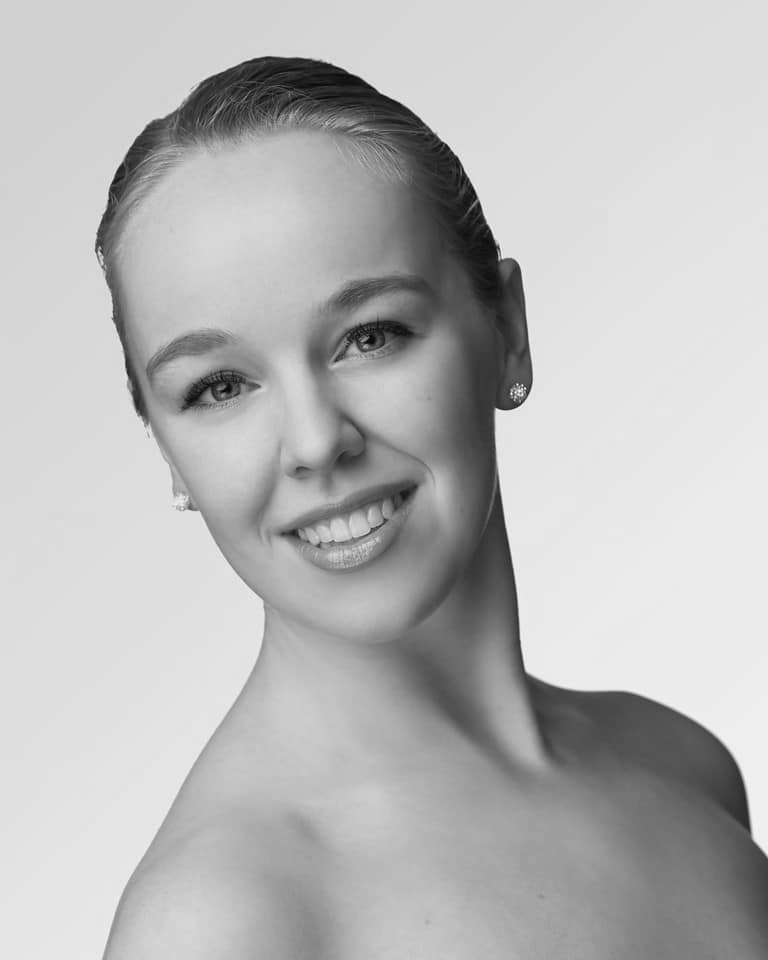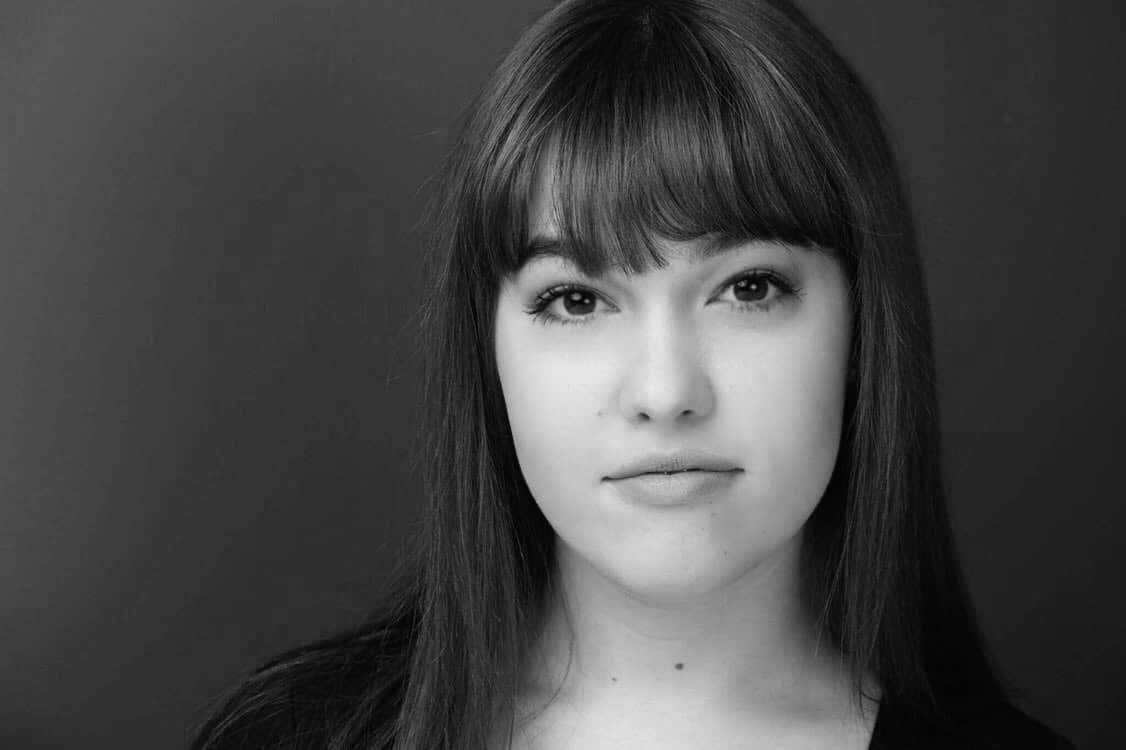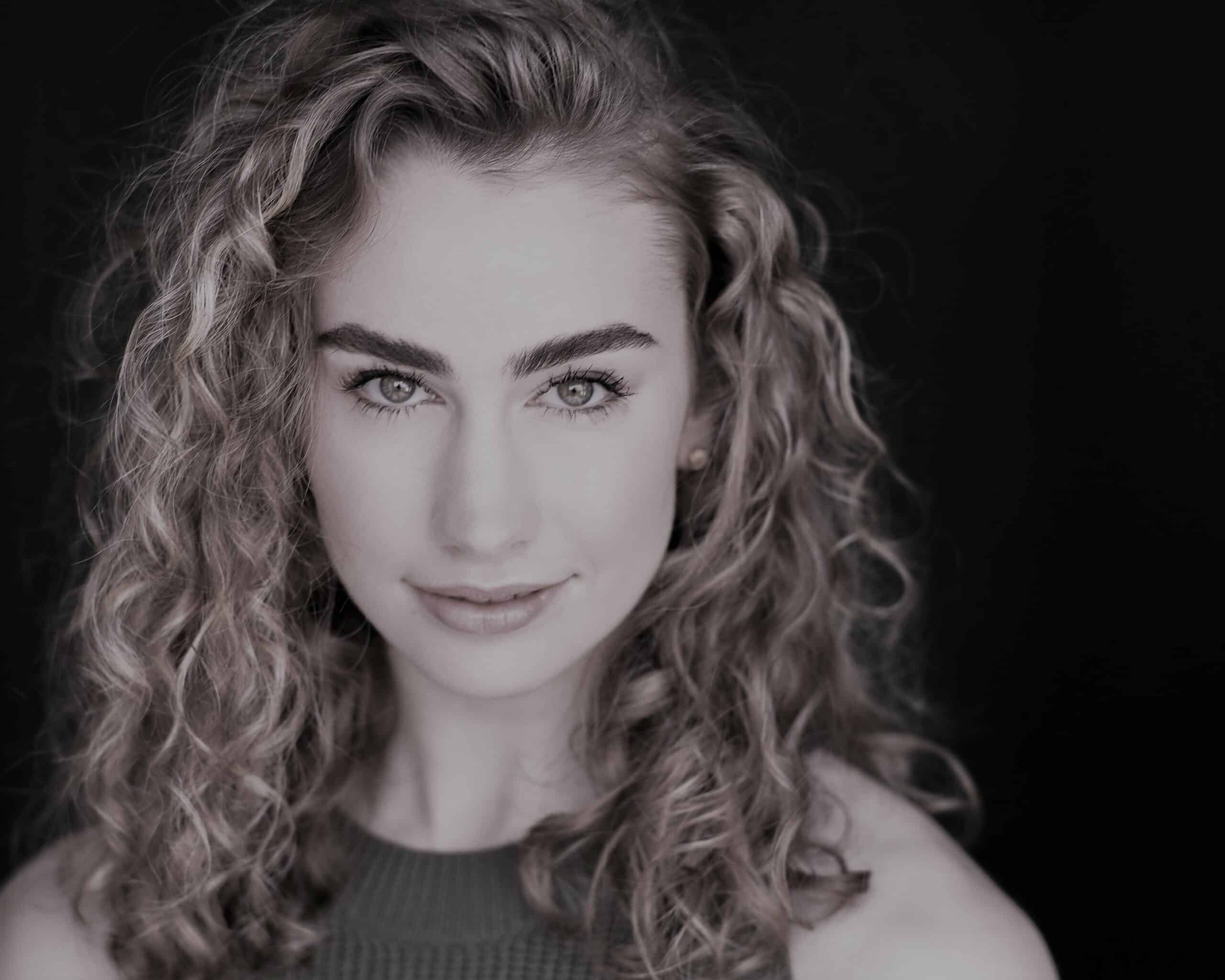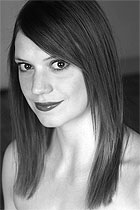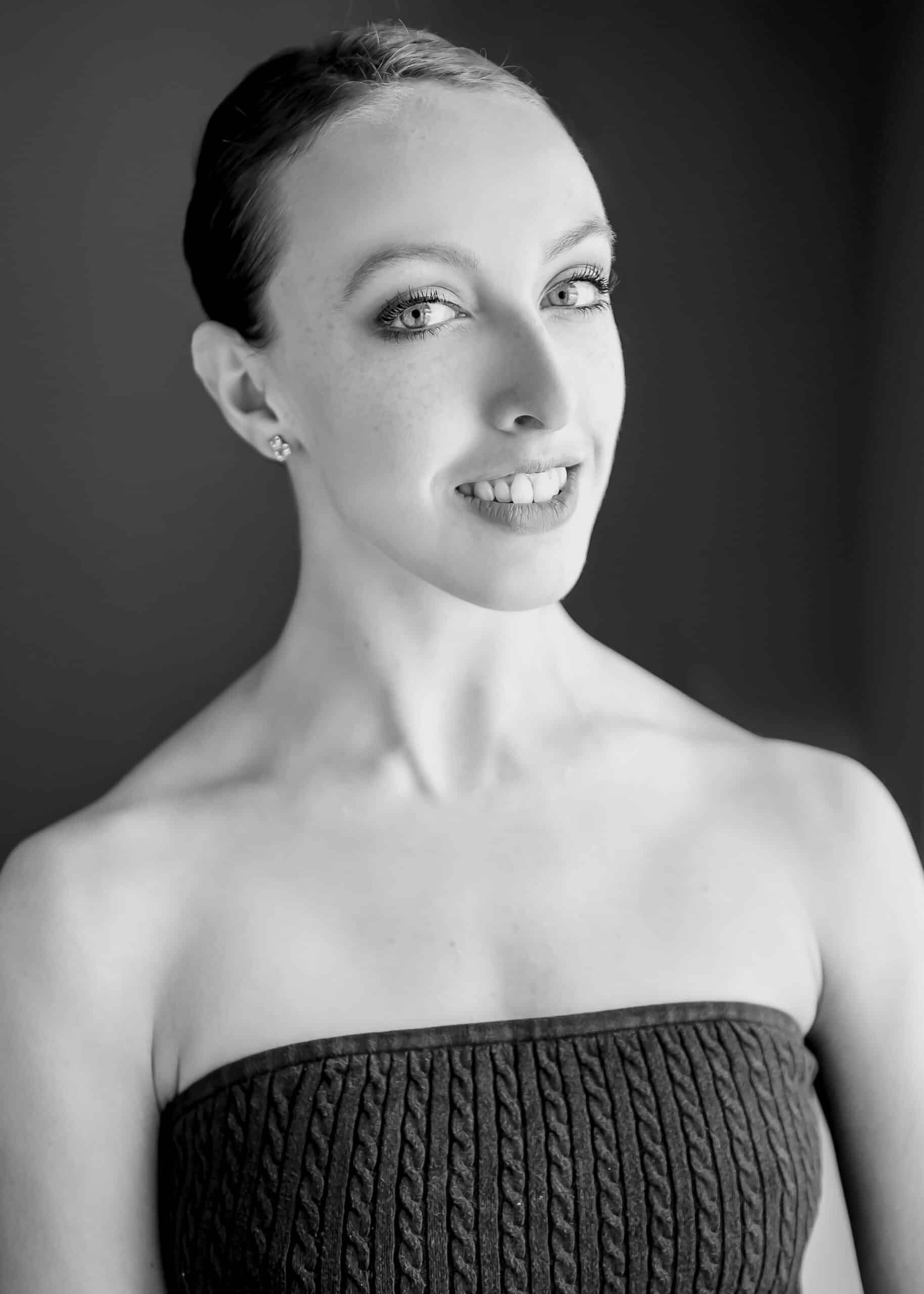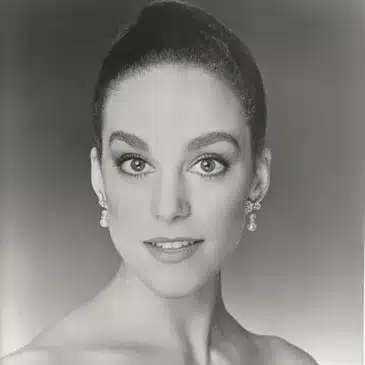Elementary School
Pre-Ballet for Pre-K is for dancers entering Kindergarten in fall 2025. Ballet I Foundational is new in fall 2025, for dancers in first grade. This class bridges the gap between pre-K and our Level II offerings. Level III is generally for dancers in grades 2-5 in fall 2025, or older beginners. Level IV is for more advanced younger dancers.
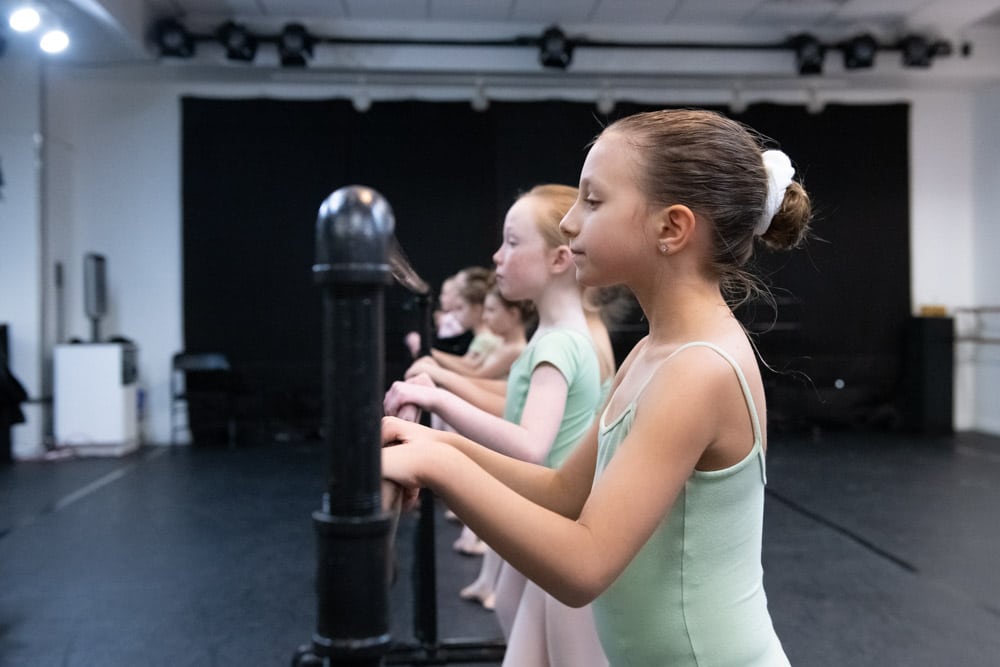
Age Group Details
Class Descriptions:
Ballet
Ballet Technique classes (for students grade 2 and up) are the foundation for training at the RCD and focus on developing a solid ballet technique with emphasis on understanding correct body placement, proper use of turn out, coordination of the upper body (epaulement), and use of arms (port de bras). RCD’s unique syllabus exposes students to aspects of traditional French, Vaganova (Russian), and American techniques. Class begins with work at the barre to build strength and coordination, followed by center exercises, culminating in a grand allegro combination or variation. Clear explanations of exercises and theory help students use the ballet vocabulary in a simple, practical way that leads to increased technical understanding, healthy physical development, and lifelong enjoyment. Ballet I Foundational, new to RCD in fall 2025, bridges the gap between our pre-ballet programming and our Level II classes, for our first graders.
Modern & Contemporary Forms for Level II and Graham/Horton for Levels III & up
RCD boasts a strong Modern Dance program rooted in classical modern traditions. Amy Piantaggini (Graham-based Modern) and Janel Fitzgerald (Horton-based Modern) offer our Levels III-VI in divided semester offerings. Dancers in Level II will have the opportunity to learn both modern and contemporary forms basics in a class introducing dancers to the different forms; pre-1970s (Modern) and post-1970s traditions (Contemporary forms). Modern dance appeals to the creative, artistic soul in everyone because of its expressiveness and freedom of individuality. RCD’s Modern Dance classes (for students second grade and up) introduce students to elements of Graham-based technique including fundamental principles of contraction/release, spiral, and shift of weight. The students focus on movement from the inside out, encouraging use of breath, energy, and connection. Class begins with traditional floorwork exercised, progresses into standing work, moves to travelling phrases across the floor, and culminate in movement phrases that explore dynamic possibilities. Horton offers dancers an anatomical approach to include classic flat backs, lateral stretches, and develops overall strength and flexibility. A strong foundation in both tradional technique of Graham and Horton, students are prepared to use breath, opposition, and strength that carries over into other disciplines. Modern dance is strongly encouraged for dancers aspiring to a college dance program. Dancers in Le
Hip Hop & Hip Hop Mini
Hip Hop for grade 2 and up is a stylized form of street dance that includes uprock, breaking, popping, locking, boogaloo and the robot. Class begins with warm up exercises in the center that increase control, coordination, and rhythm, followed by dance combinations that teach dynamics, shading, phrasing, and musicality. This class includes extended rhythmic phrases and improvisation exercises. The goal is to develop expressive dancers who are equally strong as performers. Elementary school dancers in K & first grade can also take Hip Hop Mini.
Jazz
Jazz is for grade 2 and up, appealing to everyone because of its energy, variety, and vitality. Jazz dance classes (which students can begin at second grade) explore contemporary and classic jazz dance, rooted in the vernacular (social dance) forms, that draws inspiration from a wide range of music including jazz, swing, blues, pop, soul and funk. As the official home of the internationally recognized Jazz Dance Technique & Syllabus by creator/author James Robey, Conservatory jazz classes begin with a warm-up to develop strength, flexibility, correct alignment and coordination, followed by progressions across the floor, and culminates in extended dance combinations. The movement explores a range of styles in both lyrical and percussive disciplines with a focus on jazz elements such as isolations, swing, and rhythm. The goal is to develop dancers who are expressive, dynamic, musical and passionate. Ballet is strongly recommended. Our kindergarten and first grade tappers can also take Broadway Babies, a jazz/tap combo. class for movers and shakers!
Tap & Broadway Babies
Tap Dance is a timeless art that combines dance and percussion. Tap dancers in musicals, movies, television, commercials, and concerts inspire us with their infectious rhythms. Tap Dance classes (for students grade 2 and up) explore the two traditions of rhythm tap (hoofing) and Broadway tap. Class begins with warm up exercises in the center that increase control, coordination, and rhythm, followed by across the floor exercises that teach dynamics, shading, phrasing, and musicality, concluding with extended rhythmic phrases and improvisation exercises. The goal is to develop tap dancers that are equally strong musicians, dancers, and performers. Our kindergarten and first grade tappers can also take Broadway Babies, a jazz/tap combo. class for movers and shakers!



